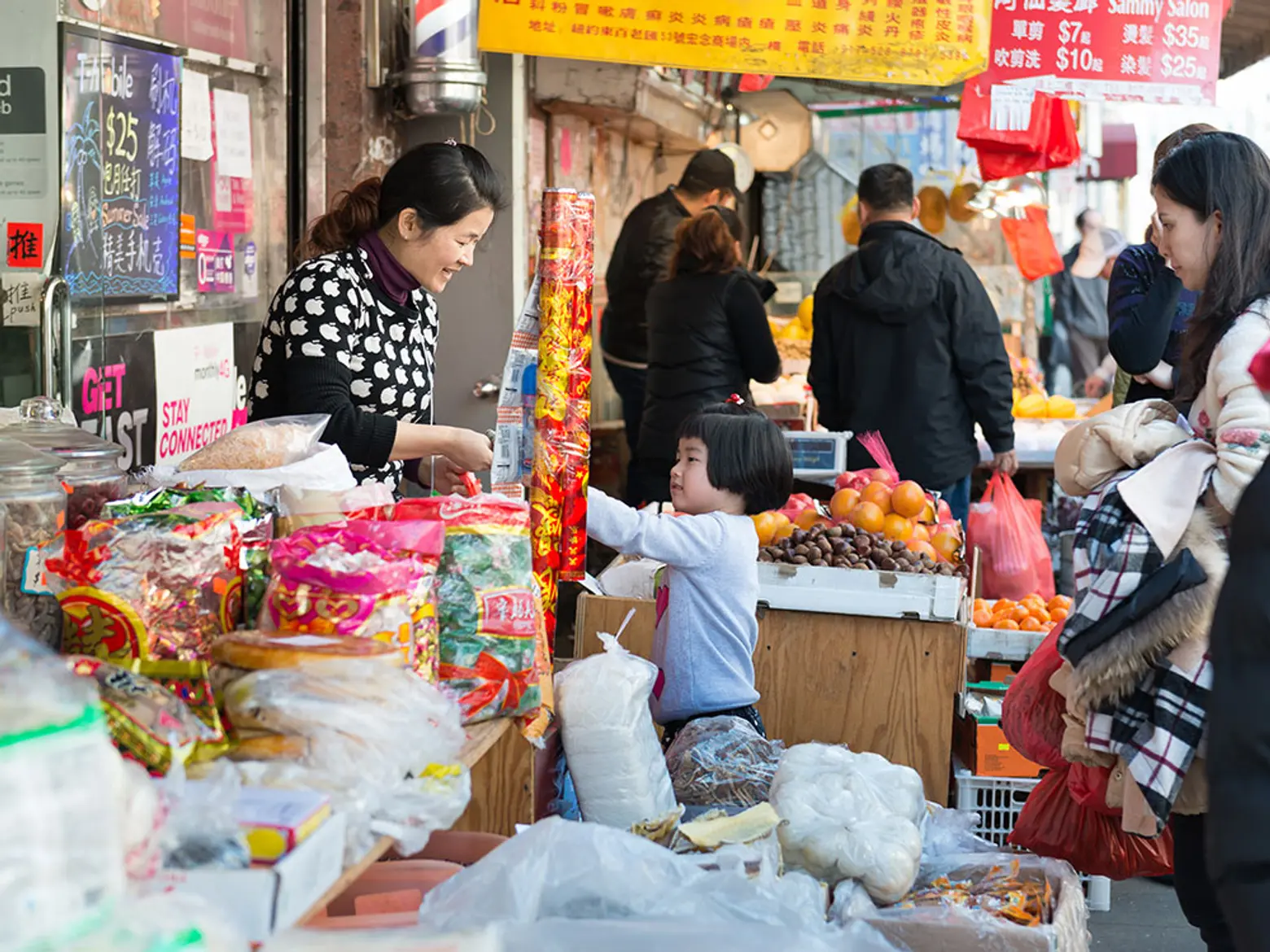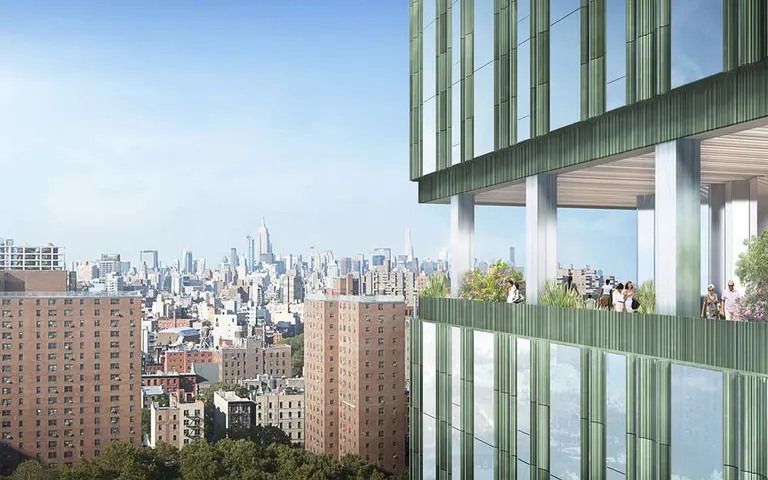Chinatown, Once Unchanged, Now Attracting Hipsters–and Real Estate Developers

Image via CityRealty
“Canal Street is a gantlet of billboards and signs; Courvoisier, Pearl Paint, Bally’s Grand Hotel, Salem Cigarettes, Lincoln Savings Bank, Mc Donald’s, and signs in Chinese impend on traffic, which is the covered with signs and graffiti itself.”
A New Yorker article published in 1990 paints a picture of Chinatown that isn’t all that different from the one we know today. Despite its prime location, few developers have eyed Chinatown as a destination for luxury living. As a largely self-sustaining community—many stores don’t even bother with English—it has preserved its cultural fabric even as the city has gone through transformation after transformation just streets away. But all of this is changing. A new crop of shops, galleries and condos is starting to find its way into the neighborhood’s depths, the Wall Street Journal reports, and brokers are predicting rapid change for Chinatown over the next decade.
“I think it’s an emerging market—there’s little inventory and increasing demand. I’ve seen it on the ground as a resident,” Christopher Morales, a broker with Douglas Elliman and Chinatown resident, told the Journal. “I’ve seen more non-Chinese people, and it’s become a place where you hear people wanting to go…The neighborhood is becoming a cool, hip place to be.”

Brokers report that more and more buildings are changing hands in areas along Chinatown’s boundaries, particularly the Seward Park area which borders the Lower East Side, and streets in these locales are seeing an increase in retail and restaurants geared towards the city’s hip set. However, with this change also comes worry that the neighborhood’s new makeup will compromise its cultural character, making it just another extension of New York’s most gentrified areas, most notably its bordering neighborhoods, Tribeca, SoHo, Little Italy and the Lower East Side.
The Journal cites a 2013 report by the Asian American Legal Defense and Education Fund that found that the number of Chinese residents has declined between 2000 and 2010, while the number of white residents has increased. By 2011, fewer than half of the neighborhood population was found to be foreign-born. The neighborhood is also still struggling with the post-9/11 flight which sent a chunk of its population to Chinatowns in Flushing and Sunset Park–although at the neighborhood’s core, most inhabitants remain Chinese.
 Rendering via SHoP Architects
Rendering via SHoP Architects
Currently housing in the area mostly consists of low-rise buildings, tenements offering rentals, and sprawling brick buildings filled with hundreds of co-ops. But more housing stock is in the pipeline, namely with the realization of Essex Crossing which will bring another 1,000 apartments to a corridor of Seward Park where Essex Street meets Delancey Street. In total, the development will add 1.9 million square feet of commercial, residential and community space. The development has also already prompted other projects hoping to ride its coattails.
“Developers are pushing the boundaries a bit and encroaching into Chinatown territory,” says Julie Pham of the Corcoran Group. “I think it’s a corridor that’s going to change probably very rapidly over the next five to 10 years…it is in a very central location, and it’s just a matter of time before that real estate appreciates and buyers find that area desirable.”
[Via WSJ]
RELATED:




























